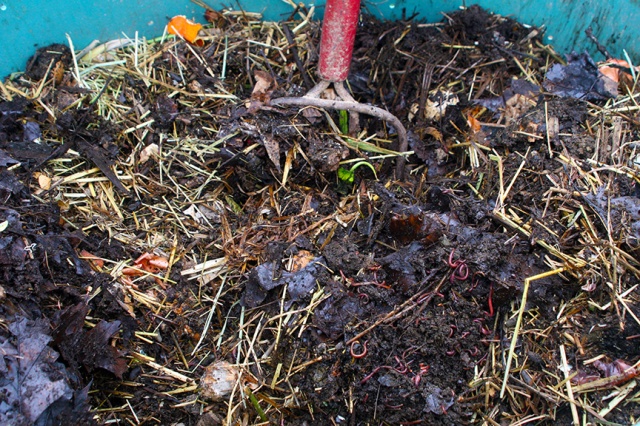On a drizzly, quite autumnal day, I returned to one of my favorite places, the Philadelphia Museum of Art.
Our main purpose this trip was to visit the American Craft galleries, where wood-turner and artist David Ellsworth’s work, including some collaborations with his wife, glass-bead artist Wendy Ellsworth, currently resides for a one-year exhibit. It’s not every day that I can enter a world-class museum and say, “I am friends with the artist who created this marvelous object!” Kudos to the Ellsworths and to the museum for recognizing the importance of David’s astonishing work.

Crafted from a dense burl of wood, precisely bandsawn, these sculptures from Ellsworth’s “Line Ascending” series range from 2 to 5 feet in height and conjure possibilities from dinosaur horns to mountains to minarets.
I had not had a chance on previous visits to walk through the Anne d’Harnoncourt Sculpture Garden at the museum, so despite the drizzle, we followed the paths through the 1-acre urban park. The hardscaping is very nice, though by now a bit cliched, since it seems every city garden in the US uses New York’s (admittedly amazing) High Line as its model. The Anne d’Harnoncourt garden likewise utilizes native plants in the garden areas–a trend of which I approve. The views of Philadelphia, its fountains and the river, are nicely framed, and the park is laid out well for “rooms” to contain or display large sculpture. I am sorry to report that few of the sculptures resident at present are appealing, though. My spouse remarked that one of the Sol Lewitt pieces “looks like a barbecue grill platform.” In another setting, that might not have been so obvious (or so funny). Nonetheless, it was pleasant to wander the sculpture garden paths and muse on things aesthetic instead of thinking about the large stack of student essays awaiting my attention.
Evaluating freshman composition papers requires a different aesthetic altogether.















